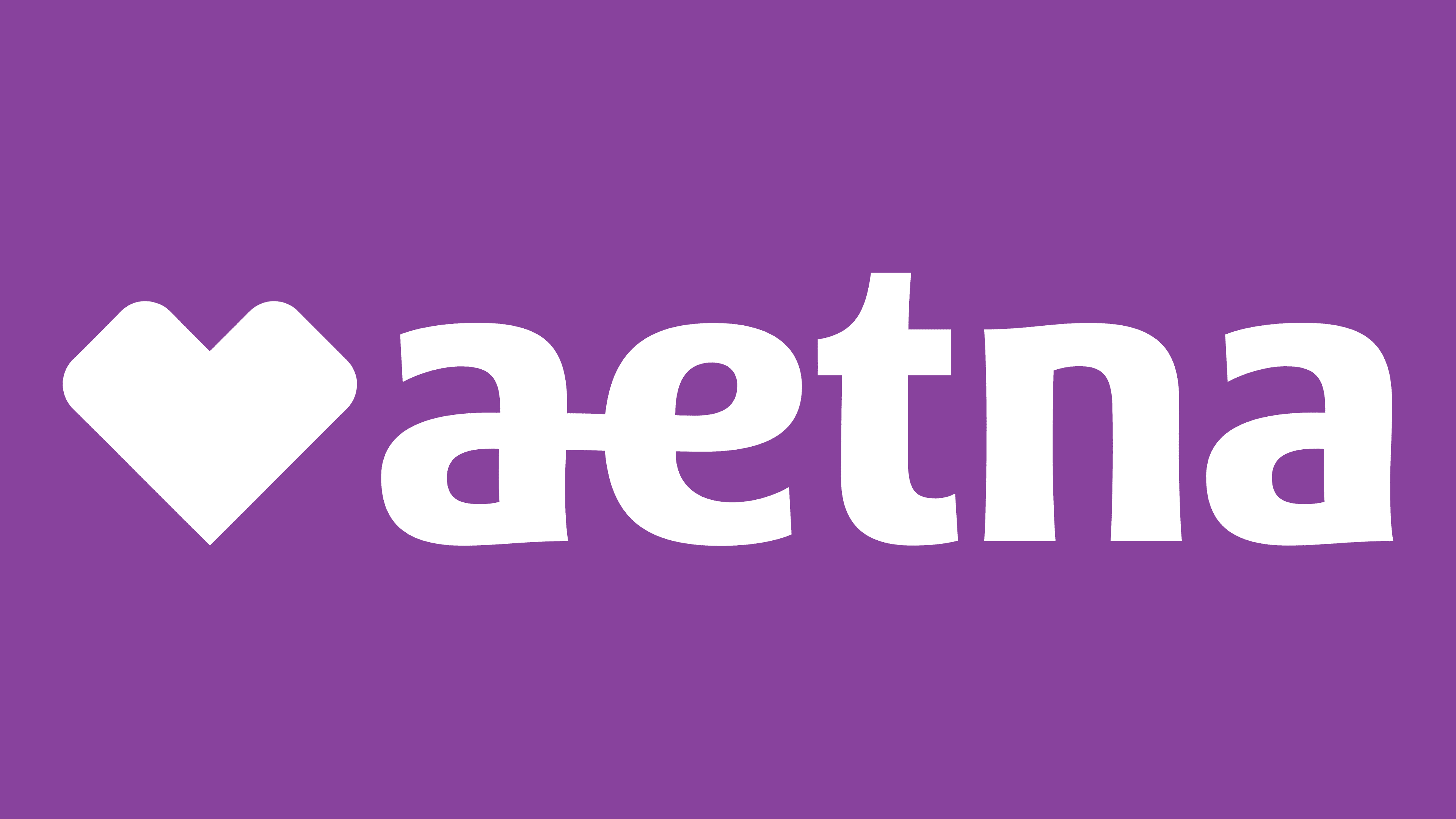When a healthcare provider is "in-network" with a patient's insurance, it means the provider has a contract with the insurance company to offer services at pre-agreed rates. This usually results in lower costs for the patient, such as lower copays, coinsurance, and deductibles. Being in-network helps patients save money compared to visiting an "out-of-network" provider, who does not have a contract with the insurance and may charge higher fees.
Vetting Process for Providers to Become In-Network:
To become in-network, a provider undergoes a process called credentialing. This involves the insurance company reviewing the provider's qualifications to ensure they meet the company’s standards for delivering care. The vetting process typically includes:
- Education and Training Verification: Ensuring the provider has completed the necessary medical education, licensing, and certifications.
- Work History Review: Checking the provider’s experience and professional background.
- Malpractice and Disciplinary Records Check: Reviewing records to confirm the provider has a good standing and no significant legal or professional issues.
- Contract Agreement: Once approved, the provider signs a contract agreeing to the insurance company’s rates and rules for reimbursement.
This process ensures that in-network providers meet quality and safety standards, giving patients peace of mind about their care.








.svg)













.png)